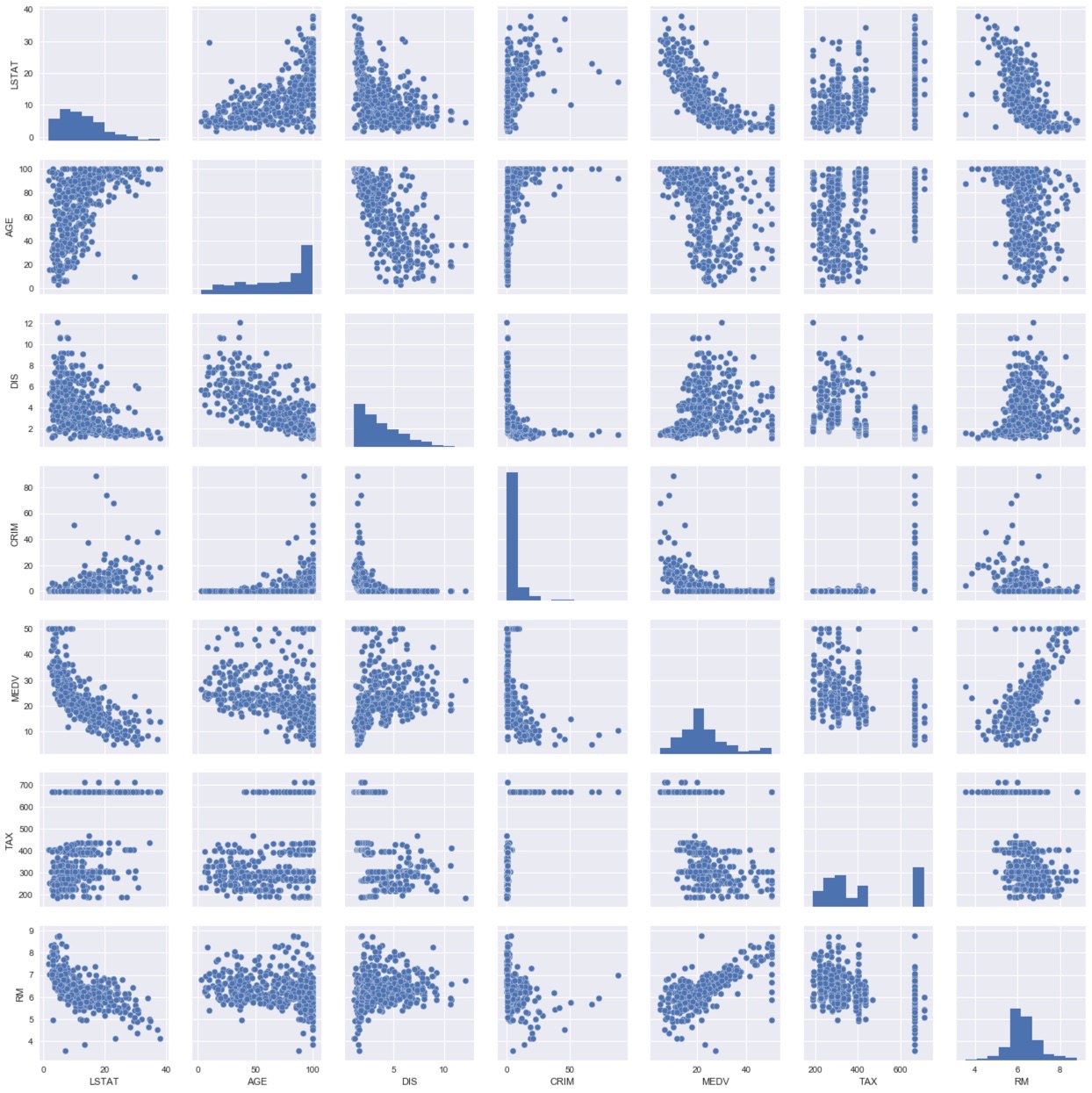下载房屋数据 点击下载 房屋数据 house_data.csv ,作为案例使用
启动Jupyter 所有的操作将在jupyter notebook中完成
导入类库 1 2 3 4 5 import numpy as np import pandas as pd import seaborn as sns import matplotlib.pyplot as plt from sklearn.preprocessing import StandardScaler
通过梯度下降计算回归参数,实现线性回归模型 定义类LinearRegressionByMySelf,并实现方法
1 2 3 4 5 6 7 8 9 10 11 12 13 14 15 16 17 18 19 20 21 22 23 24 25 26 27 28 29 class LinearRegressionByMySelf (object) : def __init__ (self, Learning_rate=0.001 , epoch=20 ) : self.Learning_rate = Learning_rate self.epoch = epoch def fit (self, x, y) : self.w = np.zeros(1 + x.shape[1 ]) self.cost_list = [] for i in range(self.epoch): output = self.Regression_input(x) error = (y - output) self.w[1 :] += self.Learning_rate * x.T.dot(error) self.w[0 ] += self.Learning_rate * error.sum() cost = (error ** 2 ).sum() / 2.0 self.cost_list.append(cost) return self def Regression_input (self, x) : return np.dot(x, self.w[1 :] + self.w[0 ]) def predict (self, x) : return self.Regression_input(x)
建立模型二 1 2 3 4 def Regression_plot (x, y, model) : plt.scatter(x, y, c='blue' ) plt.plot(x, model.predict(x), color='red' ) return None
导入数据并处理 1 2 3 4 5 6 7 8 9 10 11 12 df = pd.read_csv('data/house_data.csv' ) sns.set(context = 'notebook' ) cols = ['LSTAT' , 'AGE' , 'DIS' , 'CRIM' , 'MEDV' , 'TAX' , 'RM' ] sns.pairplot(df[cols], size=2.5 ) x = df[['LSTAT' ]].values y = df['MEDV' ].values StandardScaler_x = StandardScaler() StandardScaler_y = StandardScaler() x_Standard = StandardScaler_x.fit_transform(x) y_Standard = StandardScaler_y.fit_transform(y.reshape(-1 , 1 )) model = LinearRegressionByMySelf() model.fit(x_Standard, y_Standard.ravel())
输出结果 1 2 3 4 plt.plot(range(1 , model.epoch+1 ), model.cost_list) plt.ylabel('SSE' ) plt.xlabel('Epoch' ) plt.show()
输出结果 1 2 3 plt.xlabel('percentage of the populcation' ) plt.ylabel('house price' ) plt.show()
打印结果 1 2 3 4 5 6 Rercentage_standard = StandardScaler_x.transform(2.5 ) Price_standard = model.predict(Rercentage_standard) print("House price %.3f" % \ StandardScaler_y.inverse_transform(Price_standard)) print('Intercept:' % model.w[0 ]) print('Intercept: %.3f' % model.w[0 ])


